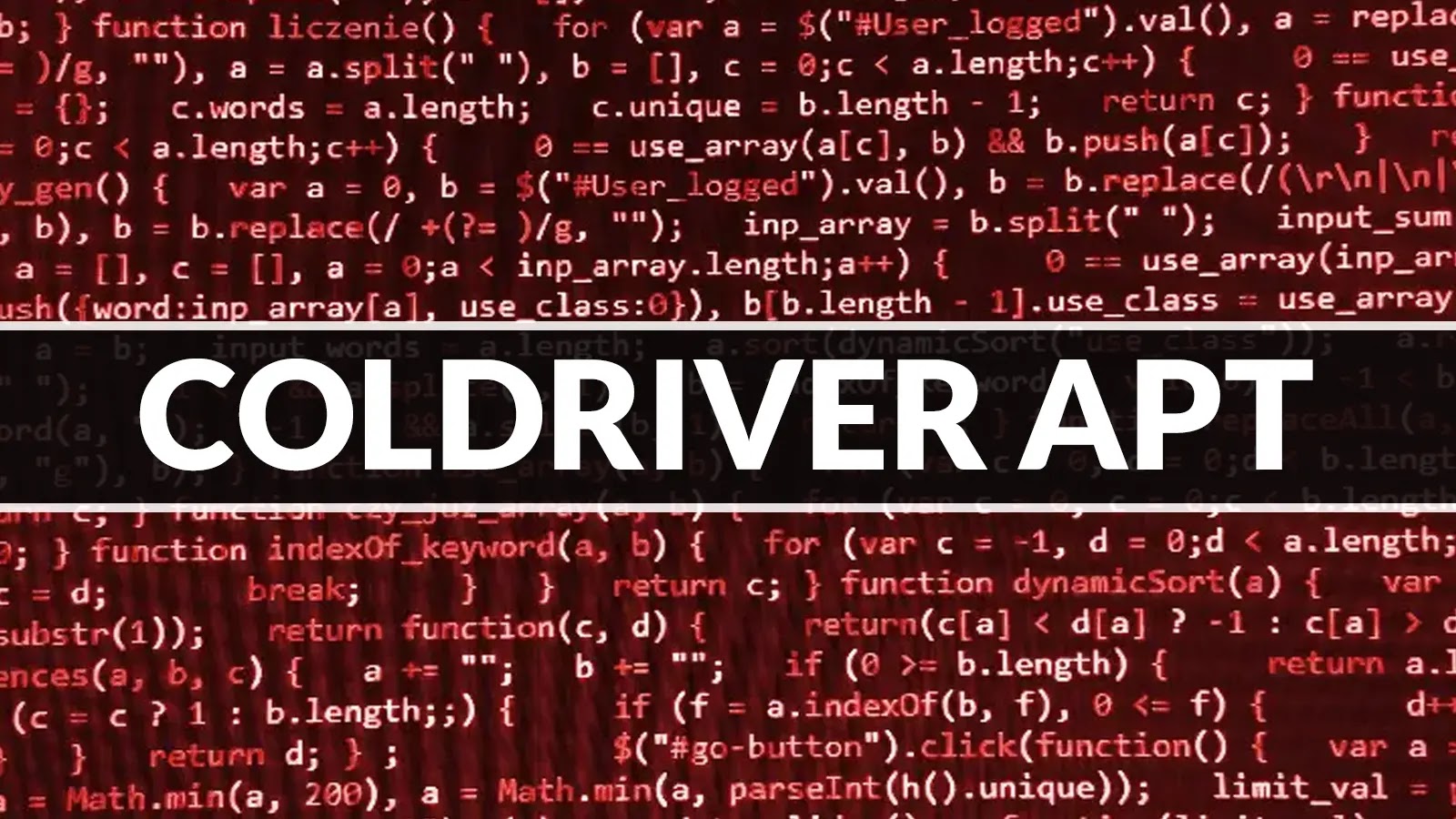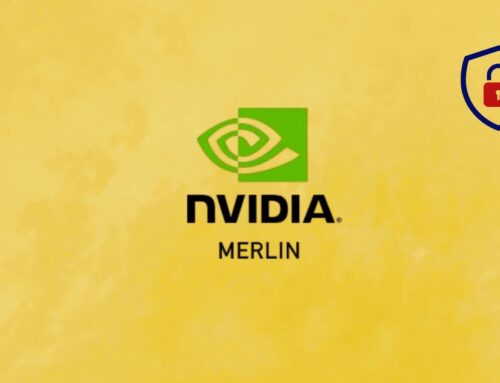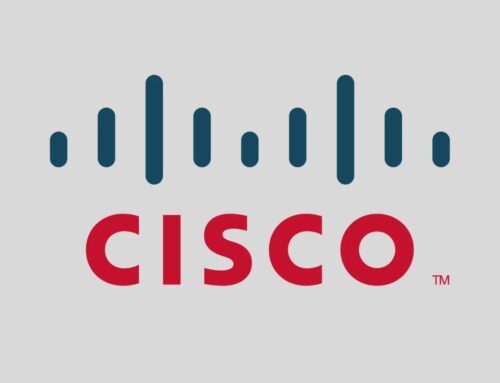
COLDRIVER APT Group Uses ClickFix To Deliver a New PowerShell-Based Backdoor BAITSWITCH
In the relentless cat-and-mouse game of cybersecurity, sophisticated threat actors are constantly refining their arsenals. Recent weeks have illuminated a concerning development: the COLDRIVER advanced persistent threat (APT) group has unveiled a new, potent weapon. Security researchers are now tracking their deployment of a novel PowerShell-based backdoor, christened BAITSWITCH, delivered via the previously unseen ClickFix mechanism. This evolving threat demands immediate attention from security professionals and organizations globally.
COLDRIVER APT: A Resurgent Threat
The COLDRIVER APT group is no stranger to the cybersecurity landscape, known for its persistent and targeted attacks against high-value entities. Their modus operandi often involves meticulous reconnaissance and the exploitation of vulnerabilities to gain and maintain access. The current surge in their activity, first observed in late July 2025, underscores their continued innovation and determination to compromise government infrastructure and other critical sectors. This recent campaign highlights their adaptability and the continuous need for robust defensive measures.
Introducing BAITSWITCH: The New PowerShell Backdoor
BAITSWITCH represents a significant escalation in COLDRIVER’s offensive capabilities. This PowerShell-based backdoor is engineered for stealth and persistence, leveraging legitimate Windows processes to evade detection. Its design incorporates sophisticated command-and-control (C2) techniques, allowing COLDRIVER operators to remotely execute commands, exfiltrate data, and further compromise targeted systems without raising immediate alarms. The use of PowerShell, a ubiquitous scripting language within Windows environments, makes BAITSWITCH particularly insidious, as its activities can easily blend with normal system operations.
- Stealthy Operation: Designed to mimic legitimate system processes, making detection challenging.
- PowerShell-based: Utilizes native Windows tools for execution, reducing the need for custom executables.
- Advanced C2: Implements sophisticated communication methods to maintain control over compromised systems.
- Targeted Attacks: Primarily observed in campaigns against government entities, indicating strategic objectives.
ClickFix: The Delivery Mechanism
The method of delivery for BAITSWITCH, dubbed ClickFix, is a critical component of this new campaign. While specific details on ClickFix’s inner workings are still emerging, its role as the initial access vector is clear. This could involve various techniques such as sophisticated phishing campaigns, exploitation of publicly exposed services, or supply chain attacks. The novelty of ClickFix suggests COLDRIVER is continually developing new ways to bypass initial security layers and deliver their malicious payloads undetected.
Tactics, Techniques, and Procedures (TTPs)
COLDRIVER’s recent activities align with common APT TTPs, but with notable refinements:
Initial Access: Likely leveraging phishing, spear-phishing, or exploitation of exposed services, with ClickFix acting as the initial entry point.
Execution: Utilizing PowerShell to execute BAITSWITCH, blending in with legitimate system activities.
Persistence: Mechanisms embedded within BAITSWITCH to maintain access across reboots and facilitate long-term compromise.
Command and Control: Employing encrypted or obfuscated communication channels to interact with remote C2 servers.
Defense Evasion: Operating within sanctioned tools like PowerShell to avoid traditional antivirus and endpoint detection solutions. This technique is often associated with the MITRE ATT&CK technique T1059.001 (PowerShell).
Data Exfiltration: Collecting and transmitting sensitive information from compromised networks.
Remediation Actions and Mitigation Strategies
Organizations must adopt a proactive and layered security approach to defend against threats like BAITSWITCH and the COLDRIVER APT group. Effective mitigation involves a combination of technical controls, vigilance, and employee education.
- Strengthen Email Security: Implement advanced email filtering, anti-phishing solutions, and user awareness training to counter initial ClickFix delivery attempts.
- Endpoint Detection and Response (EDR): Deploy EDR solutions capable of monitoring PowerShell activity, identifying anomalous behavior, and correlating events to detect sophisticated backdoors.
- Network Segmentation: Isolate critical systems and data to limit lateral movement in the event of a breach.
- Principle of Least Privilege: Enforce the principle of least privilege for all users and systems, restricting unnecessary access to sensitive resources.
- Regular Patching and Updates: Ensure all operating systems, applications, and security software are routinely patched to address known vulnerabilities. This includes addressing any
CVE-2023-36884 related vulnerabilities if applicable to your environment. - Behavioral Analytics: Utilize security information and event management (SIEM) systems with behavioral analytics capabilities to detect deviations from baseline activities.
- PowerShell Logging and Monitoring: Enable verbose PowerShell logging (Module Logging, Script Block Logging, and Transcription) and forward these logs to a SIEM for analysis.
- Incident Response Plan: Develop and regularly test a comprehensive incident response plan to ensure a swift and effective reaction to potential breaches.
| Tool Name | Purpose | Link |
|---|---|---|
| Microsoft Defender for Endpoint | EDR for anomaly detection and response. | Link |
| Splunk Enterprise Security | SIEM for log aggregation and behavioral analytics. | Link |
| Sysmon | Advanced Windows system monitoring, including PowerShell. | Link |
| PowerShell Empire (for testing) | Post-exploitation framework to understand attacker techniques. | Link |
Key Takeaways
The emergence of BAITSWITCH, delivered via ClickFix by the COLDRIVER APT group, signals a continued evolution in advanced cyber threats. This sophisticated PowerShell backdoor, designed for stealth and persistence, poses a significant risk to government and critical infrastructure organizations. Defending against such advanced threats requires a proactive, multi-layered security strategy, including robust endpoint protection, comprehensive logging and monitoring, and continuous employee training. Vigilance and adaptability are paramount in staying ahead of adversaries like COLDRIVER.





